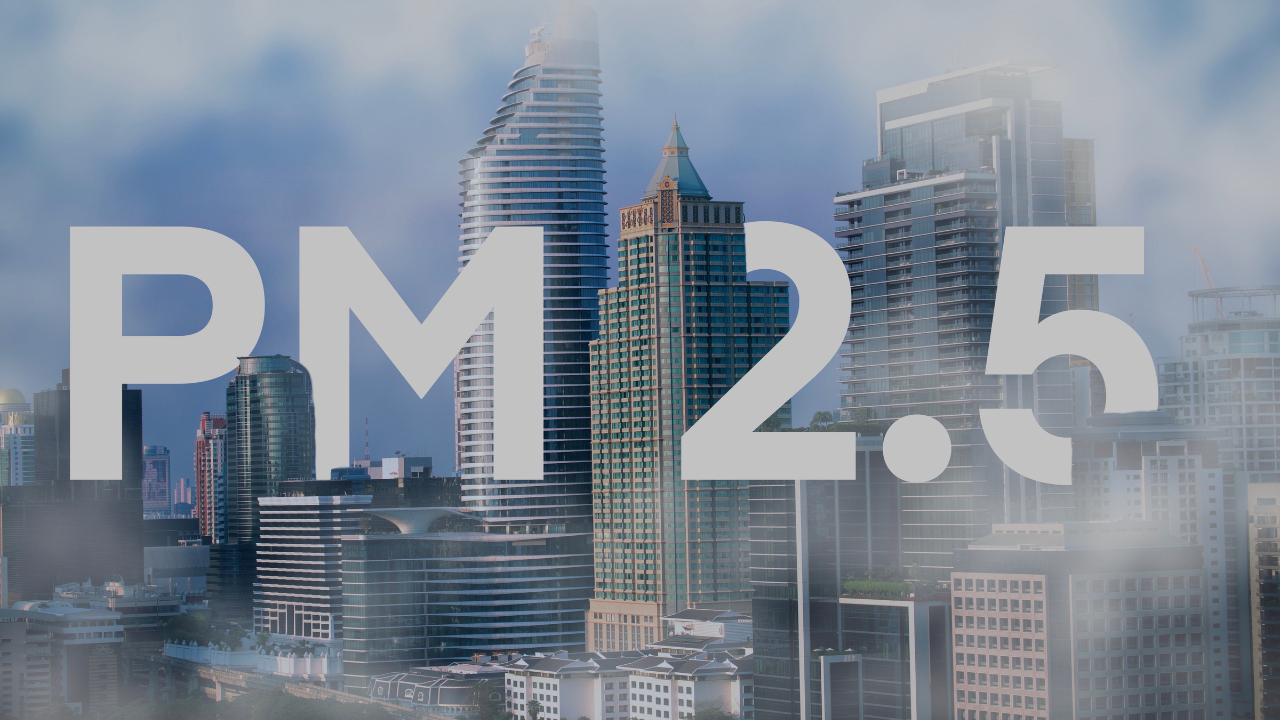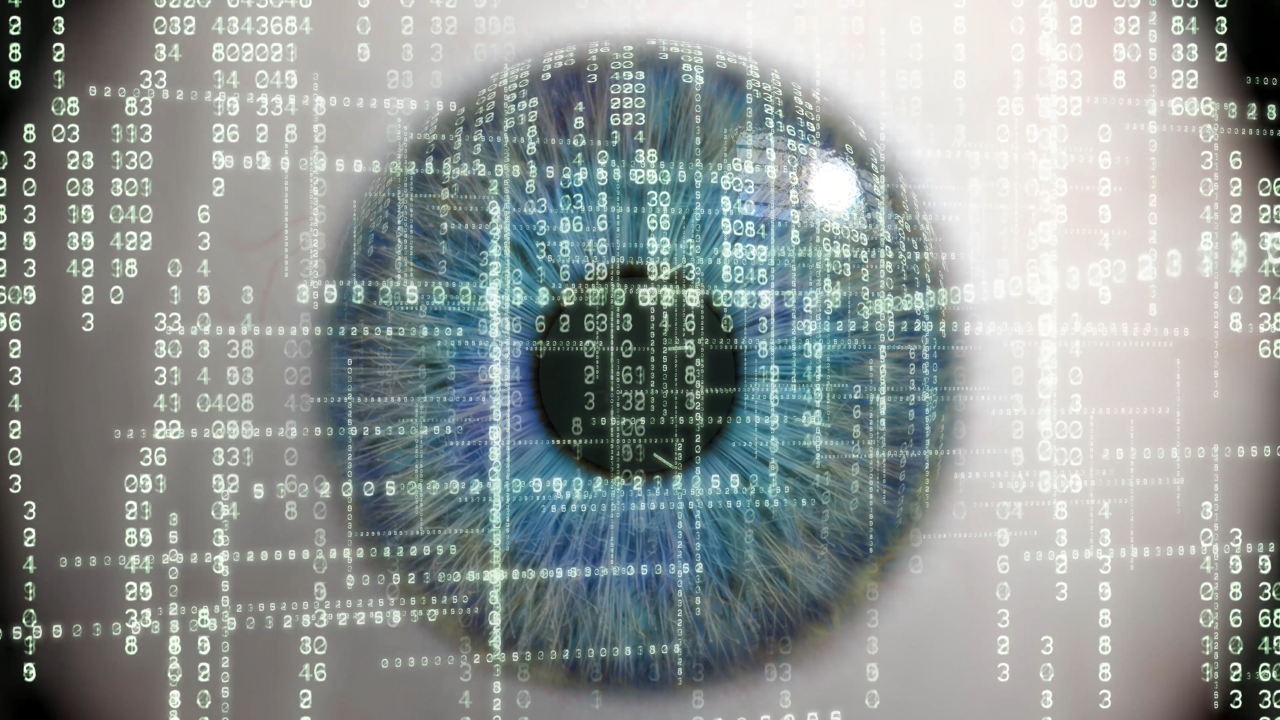



Using Bank Statements as Proof for Your Visa Application
When applying for a visa, many people feel confused about what documents to submit. One of the most important documents for most visa types is a bank statement. Whether you are applying for a student visa, tourist visa, or work visa, bank statements help show that you can support yourself during your stay in a foreign country. This article will help you clearly understand the role of bank statements in visa applications and how to prepare them correctly.
Why Do Embassies Ask for Bank Statements?
Visa officers are responsible for checking if you are ready for your trip. They want to make sure you are not just visiting for the wrong reasons, and that you will not need public money or financial help during your stay. To prove this, they ask for your bank statement. A good bank statement shows that you have enough money to pay for your ticket, place to live, food, and other daily costs. It also shows that you are financially stable and serious about your visit.
What Should a Bank Statement Show for Visa Approval?
When looking at your bank statement, the visa officer checks a few important things. They check how much money you have in your account and how long that money has been there. It is better if your account shows regular deposits instead of one big amount added just before applying. This shows that you have steady income or savings. Your name, account number, and recent transactions should be clearly written on the statement. Also, the money should come from clear and legal sources. If the bank statement looks fake, edited, or unclear, the visa office may reject your application.
How Long Should the Bank History Be?
Most countries want to see your bank activity for the past three to six months. This helps the visa officer understand how your money is managed over time. If your balance suddenly increases without any explanation, it may create doubt. For this reason, you should plan your visa application early and keep your account in good condition for several months.
What Makes a Bank Statement Acceptable?
A bank statement should be official. It should come directly from the bank, either printed and stamped or downloaded from a secure online account. It must include your full name and account number. All transactions must be listed, including deposits and withdrawals. The total balance should match what you have claimed on your visa application. If your statement is in another language, it should be translated into English by a certified translator. Always remember that false or changed statements are easily caught and can result in visa rejection.
How Bank Statements Are Used for Different Types of Visas
For a student visa, bank statements show that you or your family can pay for your education, books, and living expenses. Most embassies want proof that you can support yourself for at least the first year of your studies. For a tourist visa, the bank statement proves that you have enough money to pay for your travel, hotel, food, and return ticket. In the case of a work visa, financial proof may still be needed if the job does not start immediately or if it’s a short-term contract. In all cases, a bank statement helps prove that you are not planning to work illegally or stay without money.
What If the Bank Statement Is Not in Your Name?
Sometimes, your bank statement may not be in your own name, especially if a family member is paying for your trip. In such cases, you can still submit their bank statement. But you must also include a sponsorship letter, proof of relationship (like a birth certificate), and your sponsor’s ID. This shows that someone else is legally and willingly supporting you.
Common Mistakes to Avoid
Many visa applicants make simple mistakes with their bank statements. These include sending screenshots instead of official bank documents, submitting old or expired statements, or not converting the currency. Another mistake is sending incomplete pages or statements with unclear names and details. These errors can delay your application or even lead to a visa denial. To avoid these problems, double-check all details before submission.
What If You Don’t Have Enough Money?
If you don’t have the required money in your bank, there are still options. You can use a sponsor’s bank statement, provide a scholarship letter (for students), or show an approved education loan letter. Some countries also accept proof of other assets or property, but only if allowed in their rules. You must always provide honest and clear documents and explain your situation well.
Disclaimer:
The information shared in this article is for general knowledge only. Myedugoal makes every effort to keep the content correct and up to date, but visa rules and financial requirements can change at any time. We advise all readers to visit the official embassy or consulate website of the country they are applying to for the most accurate and latest information. Myedugoal is not responsible for any actions taken based on this article.
#trending #latest #VisaApplication #BankStatementForVisa #FinancialProof #StudyAbroad #StudentVisaTips #TouristVisaGuide #WorkVisaHelp #Myedugoal #VisaDocuments #InternationalStudents

University Internships That Help You Get a Job After Graduation... Read More.

Is It Smarter to Start at a Community College... Read More.
 Fake posts hit Czech PM Fiala's X
Fake posts hit Czech PM Fiala's X
Fake posts disrupt Czech PM Fiala's X account security
 Switzerland Tightens Export Rules
Switzerland Tightens Export Rules
Switzerland expands export controls on dual-use goods
 Google unveils Ironwood AI chip
Google unveils Ironwood AI chip
Google introduces Ironwood chip to accelerate AI tasks & apps
 TSMC Q1 revenue up 42%
TSMC Q1 revenue up 42%
TSMC sees 42% revenue surge in Q1, surpassing forecasts
 Amazon CEO Outlines AI Vision
Amazon CEO Outlines AI Vision
Amazon CEO reveals AI investment plans in new letter
 Osaka Hosts World Expo 2025
Osaka Hosts World Expo 2025
Japan blends tech and culture at Osaka Expo 2025 launch
 A16z Plans Big Bet on AI Startup
A16z Plans Big Bet on AI Startup
A16z may lead huge round in ex-OpenAI CTO’s new AI firm.
© MyEduGoal. All Rights Reserved. Design by markaziasolutions.com